This two part series describes the Negelle Peace Accord that was developed and adopted by the traditional institutions and community members of the Borana, Gari, Guji and Gabra people residing in the bordering areas of Somali and Oromia regional states. The development of the accord followed a year-long peace process among the communities after violent conflict between the Borena and Gari in early 2009 disrupted their daily life and social relations.
Climate Change & The Negelle Accords, Part 1 of 2
18:29
Video Transcript
(00:19) Southern Somali and Oromia regions...
(00:23) a hub of Ethiopia's pastoralist economy.
(00:31) Today, many different clan communities peacefully share...
(00:34) the area's natural resources.
(00:41) Communities travel freely to markets and trade openly.
(00:47) Negotiation, cooperation, and mutual aid systems...
(00:50) support their prosperity.
(00:55) But, just three years ago, the need to ensure survival...
(00:58) was manifested in conflict rather than cooperation.
(01:03) Intimidation and violence were common.
(01:06) Markets and key resources were blocked.
(01:09) Lives and livelihoods were devastated.
(01:16) What changed?
(01:18) How did an area of their insecurity...
(01:21) become a place of harmony and cooperation?
(01:24) This is a story of the Negelle peace process.
(01:27) A story of transformation of community divisions...
(01:30) into community collaboration.
(01:33) An example to others of how peace and prosperity can be achieved.
(01:55) The southern territories...
(01:57) of Somali and Oromia regions.
(02:03) Home to four major clans:
(02:05) the Borana, the Geri, the Gebra, and the Guji.
(02:12) Despite their diversity, the clans share a dependency...
(02:16) on the pastoralist livelihood system and the natural environment.
(02:21) Pastoralism is an important part of the Ethiopian economy.
(02:28) Over sixty percent of the country is arid...
(02:30) and semi-arid grassland, appropriate for livestock rearing.
(02:36) Natural resources are scarce and market centers sparse.
(02:43) In the dry season, herders can travel...
(02:45) more than a hundred kilometers to seek...
(02:47) water and pasture for their cattle.
(02:52) At distant towns, they trade their livestock...
(02:54) and livestock products and purchase grains.
(03:00) Survival here is based on mobility: a mobility that requires...
(03:04) freedom of movement, security, and inter-clan collaboration.
(03:09) But, if livelihood pressures get too extreme,...
(03:12) tensions between communities can rise,...
(03:15) threatening this mobility.
(03:18) In recent years, these pressures have increased dramatically.
(03:30) Over the last 25 years, the number of people...
(03:33) living in Ethiopia has almost doubled.
(03:46) Climate change adds to the problem.
(03:53) Droughts are more common and more severe,...
(03:55) their effects further degrading already...
(03:59) heavily grazed pasture and water holes.
(04:05) Dadacha Boru is from the Borana village of Wachile.
(04:09) He has witnessed great changes over his lifetime.
(04:14) We are seeing now that pasture is decreasing
(04:18) We see that the livestock cannot sustain us.
(04:24) In the past, when the cattle gave birth
(04:28) they had a lot of milk.
(04:31) When we killed them they had a lot of meat.
(04:35) Now they have little milk and the meat is lean.
(04:40) We are worried for the future.
(04:44) Pastoralist Shabain Ibrahim, from the Geri village of Hudet,...
(04:48) shares his concern.
(04:50) In the past, there were good rains but now
(04:55) the rains are sporadic.
(04:58) In the past, there were so many cows
(05:00) worked together to form a peace agreement based on customary law.
(05:03) we could live off their milk.
(05:07) But now there are not enough cattle.
(05:12) There is less rain now than in our fathers’ time.
(05:21) As pressure on the environment grows,...
(05:25) ownership of pasture and water points that were once...
(05:27) shared or negotiated, are becoming contested.
(05:35) In 2009, pressures mounted beyond the community's abilities to cope.
(05:48) They then met again to work through the next draft.
(05:48) As a result of the conflict, many lives were lost.
(05:51) Many fled their homes.
(05:55) But, the insecurity that followed,...
(05:57) became a greater challenge to communities.
(06:01) Insecurity reduced mobility.
(06:06) This had a major effect on herd health.
(06:10) Cattle had restricted access to pasture and water and suffered badly.
(06:18) And as travel was no longer safe,...
(06:19) every aspect of life was affected.
(06:25) Aleke Hasen lives in Wachille, one of the communities...
(06:27) at the center of the 2009 conflict.
(06:32) She is responsible for caring for the family's dairy cows...
(06:34) and for collecting firewood and water for the household.
(06:41) During the conflict, she feared leaving the village.
(06:46) When we went to collect firewood we faced
(06:49) two types of conflict.
(06:51) The first was direct fighting.
(06:54) The other was ambush.
(06:59) We feared ambush greatly.
(07:04) Because of this danger we were too frightened
(07:08) to collect wood or water from the local well.
(07:18) The problem didn’t stop there.
(07:22) Aleke earns crucial extra money for the family...
(07:25) by selling milk or homegrown vegetables in the local market.
(07:31) But, in times of conflict, this was not an option.
(07:36) We feared going to market.
(07:40) We feared that the gunmen may attack us
(07:43) and we’d never return to our children.
(07:48) By blocking access to markets,…
(07:51) reduced mobility made a bad situation much worse.
(08:01) We buy most of our food from the market.
(08:05) If we cannot trade there we cannot survive.
(08:10) We go hungry, we can’t buy clothes.
(08:14) Even if we have money, we cannot spend it.
(08:22) And without traders, markets wither.
(08:25) Following the conflict in 2009,...
(08:27) the area's markets stopped functioning.
(08:33) During the conflict cattle were not coming here.
(08:38) People wanted to trade their animals
(08:41) but they were afraid to come.
(08:45) In 2009, whole communities lost their wealth.
(08:49) Unable to care for their cattle or sell them in markets,...
(08:53) they were forced to adopt extreme survival strategies,...
(08:57) culling their herds or selling their cows at a loss through third parties.
(09:02) Because they could not travel safely,...
(09:04) they lost wealth accumulated over generations.
(09:09) I lost a huge number of cattle.
(09:13) I lost twelve through raiding
(09:16) and many more through other causes.
(09:20) I lost all the cattle I had.
(09:26) Because of this I lost all hope.
(09:30) I became depressed and sat at home.
(09:36) Despite plenty of grass and water, cattle died.
(09:39) Despite food in the market, people died.
(09:42) There was water but people died of thirst.
(09:46) Everywhere there was conflict.
(09:49) Everyone was frightened.
(09:50) It was a terrible situation.
(09:55) Addressing both the causes and consequences...
(09:58) of this problem was not simple.
(09:59) Over the last few decades, modernization and the improved reach of state justice...
(10:04) had worked systematically to tackle clan disputes.
(10:09) But, there were challenges when the new system had to integrate with the old.
(10:15) When this crisis occurred, the government
(10:19) intervened directly, rather than using
(10:25) the cultural clan system.
(10:30) In parallel, clan leaders and elders attempted
(10:35) to resolve some issues by calling for the return
(10:41) of looted cattle to try to calm tensions.
(10:47) But it was not working.
(10:52) When the government came in to settle
(10:57) the dispute, some of the guilty were still free.
(11:02) Hidden and unpunished by their clans.
(11:05) What could we do about this?
(11:08) The government set up temporary courts.
(11:12) to dispense state justice.
(11:16) But after one or two months
(11:21) the conflict erupted again.
(11:25) There was no sustainable peace.
(11:28) The events of 2009 demonstrated the challenges of establishing peace in the area.
(11:34) A new approach was needed.
(11:40) In May 2009, work began on what became known as the Negelle peace process.
(11:47) The process started with the support of the regional governments.
(11:52) Our government wanted to solve this conflict.
(11:55) and strengthen relationships
(11:59) between bordering communities.
(12:03) As Ethiopia has a federal style of government,
(12:07) bordering communities must respect each other
(12:11) and live together peacefully.
(12:15) This government is committed to this.
(12:21) The government saw clearly that the inter-relationships of the clans...
(12:24) were not just the source of the problem,...
(12:26) but the keys to the solution.
(12:32) It was clear this surface violence was
(12:35) a manifestation of many deep rooted disputes.
(12:38) To solve the conflict it would be necessary to
(12:42) discover and uproot these underlying causes.
(12:45) Within months, with the help of government,...
(12:48) local and regional clan leaders initiated a peace process.
(12:53) The project was funded by USAID...
(12:55) and all parties were assisted by the international NGO, Mercy Corps.
(13:01) I think we have to say from the beginning that it was very much...
(13:04) a government-led and a community-run process.
(13:08) However, our role was critical in, I think,...
(13:11) supporting those actors to actually achieve the goals...
(13:16) that they wanted from that process.
(13:20) The objective was to reinvigorate existing customary law.
(13:24) These agreements would cover major inter-clan issues,...
(13:27) punishments for criminal acts,...
(13:29) how to deal with cattle rustling, and crucially...
(13:32) how to manage and share access to limited natural resources.
(13:37) These agreements would have to be ones that everyone could accept,...
(13:41) and that could be implemented successfully at the local level.
(13:46) But, if this process was to work, it would require the buy-in...
(13:49) of the local clan elders.
(13:53) Elders are the decisive voices
(13:55) in pastoral communities.
(13:57) The keys to minimizing, preventing
(13:58) and resolving conflicts.
(14:01) Without their consent, no progress can be made.
(14:06) But engaging elders would mean overcoming grievance and prejudice.
(14:12) Before dialogue could begin, the parties...
(14:14) were introduced to new methods of negotiation and engagement.
(14:18) Mercy Corps has very good experience...
(14:22) in providing negotiation mediation training and skills internationally.
(14:27) However, I think the added value that we were able to bring...
(14:31) is to be able to contextualize that training package...
(14:34) and those skills so they were most effectively used and applied...
(14:38) to the context of these pastoralist communities...
(14:40) who were facing those challenges at that time.
(14:45) The approach used a set of internationally successful techniques...
(14:48) for training and facilitating dialogue and negotiation.
(14:52) One of the key objectives was to change perceptions about the conflict.
(14:56) For this, Mercy Corps utilized visual aids to spread the message clearly.
(15:01) An example was the problem tree.
(15:05) The image of a tree represents a conflict.
(15:07) The trunk is the core problem of conflict, the leaves and branches its effects.
(15:12) But the hidden roots are the underlying causes.
(15:15) Only by finding and examining the causes,...
(15:19) can the growth of the conflict be understood.
(15:23) They called us to a meeting.
(15:26) They explained to us the benefits of peace.
(15:29) They told us how conflict starts, and where its
(15:30) roots lie. They gave examples.
(15:33) They showed us the problem tree picture and
(15:35) taught us the causes and effects of the conflict.
(15:38) The major problems and the minor problems
(15:41) and how they could be solved.
(15:44) We learned a great amount from this.
(15:50) When the time was right, a series of meetings were organized...
(15:52) where members of opposing clans were brought together.
(16:15) It is not easy at the beginning.
(16:16) It needs, you know, a careful design of decision itself.
(16:21) You can see the anger on the face of everyone in that room.
(16:26) To help overcome this animosity,
(16:28) the facilitators brought communities together in group activities...
(16:31) to encourage face to face interaction.
(16:36) The elders learned a lot. The more they interact, the more they listen to each other,...
(16:41) the more they avoid fearing each other.
(16:46) Then, during tea break and during the discussion,...
(16:49) they will start having side corner discussion there.
(16:54) Well, yesterday we are fighting.
(16:59) When you make people to interact, interaction itself is teaching.
(17:04) But, it was recognized the opinions of elders alone...
(17:10) could not change attitudes and behavior toward other clans.
(17:13) The input and acceptance by the wider community...
(17:16) would be crucial to the success of the peace.
(17:20) Two community groups were seen as particularly important.
(17:24) The first was youth.
(17:29) Youth are, they are on the front line.
(17:33) They are the one who clashes with you and with the other group.
(17:36) They are the one who exercise the actual fight.
(17:44) They feel is is something they need to do for their clan.
(17:48) So including them, changing that mentality attitude
(17:51) toward fighting was important.
(17:58) Youth groups were formed and they were given education...
(17:59) on the consequences of fighting.
(18:06) I learned that killing has terrible consequences.
(18:12) I learned how destructive conflict can be
(18:17) and how constructive peace can be.
(18:22) I learned that war is very damaging
(18:27) and it only brings death.
Ноябрь 9, 2016
Ноябрь 7, 2016
Ноябрь 7, 2016







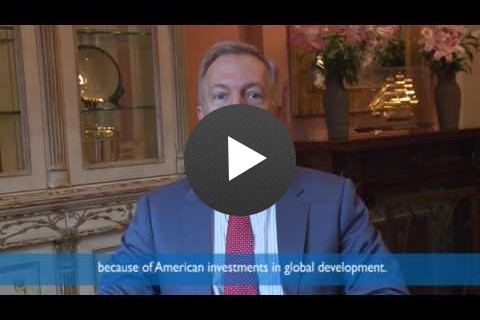
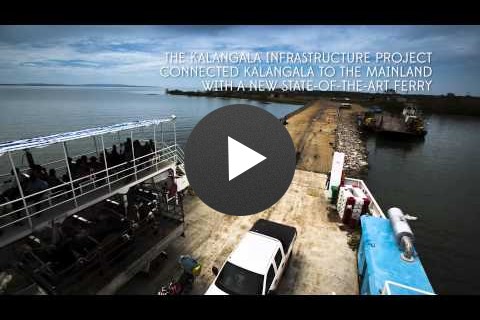
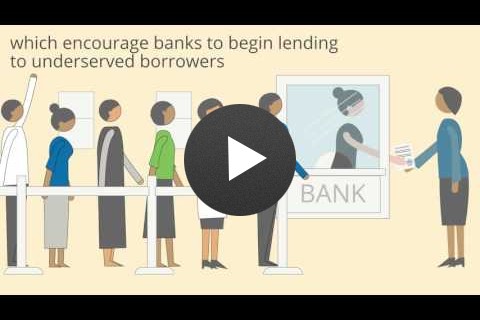
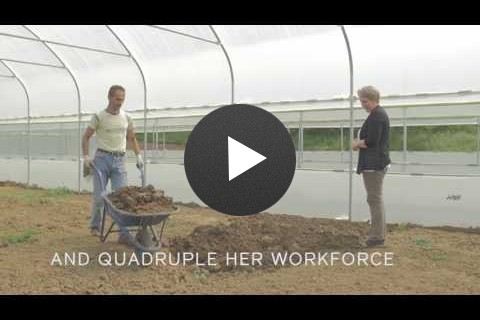
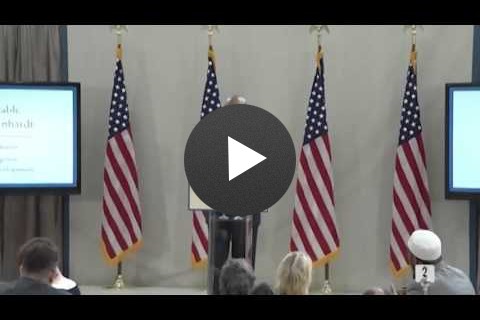
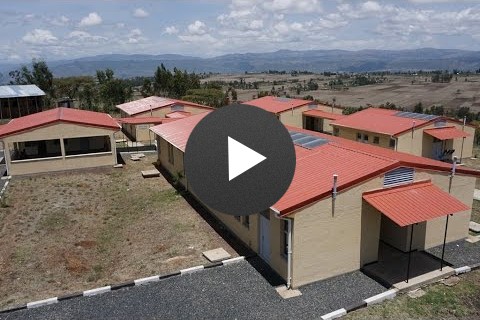
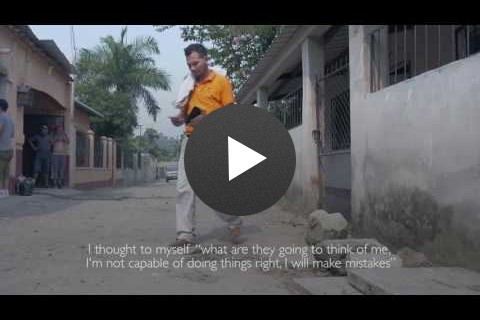
Comment
Make a general inquiry or suggest an improvement.